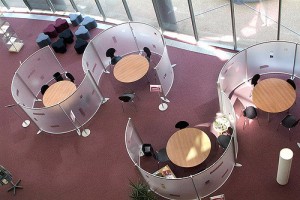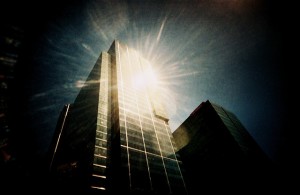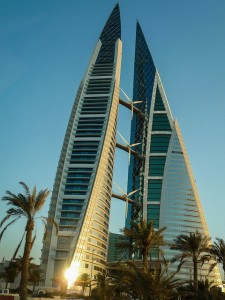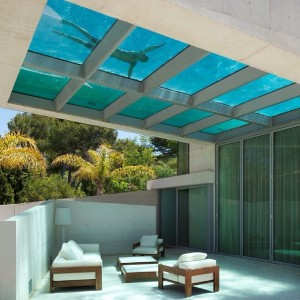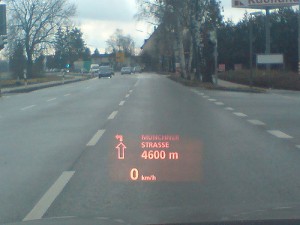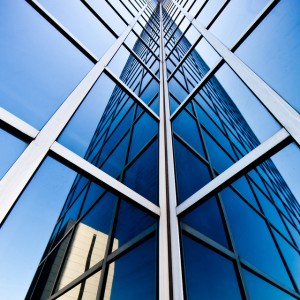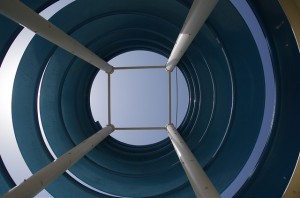Getting more privacy from glass
Close the window, keep the glass
Curtains, blinds and shades can take you only so far. Yes, they can disguise the view, but in doing so, they also take away the light. Unless you’re ok with that, you need a better solution for those times when you need or want daylight.
Frosted glass allows most visible light to pass, but eliminates the view either into or out of the room. Frosted glass is a great option for the bathroom or bedroom. It can also work for windows that have an unattractive view of the building next door. Here’s the rub. Frosted glass is expensive. Traditional frosted glass uses a chemical or mechanical process to abrade the surface of the glass. It’s a permanent solution, so once it’s installed, it’s yours.
You can create your own frosted glass using Glassprimer™ glass paint. Glassprimer™ glass paint makes a permanent bond with the glass surface, so just like frosted glass, it’s forever. You can apply Glassprimer™ glass paint directly to the glass, using a brush, roller or a high-volume, low pressure paint sprayer. Minimal surface preparation is required, and you can order Glassprimer™ glass paint in any color with a frosted effect.
The benefit of using Glassprimer™ glass paint is that unlike true frosted glass, you can get it in virtually any color. Frosted glass is – of course – “glass colored.” It’s made by modifying the surface of the glass, rather than applied as a coating. If you use Glassprimer™ glass paint, you can incorporate color into your decorating scheme. You can create a translucent effect on glass in a color scheme that matches your room décor for about $1 per square foot of coverage. White always works for the frosted effect, but if you’re going for something more, Glassprimer™ glass paint is your go-to option.
You can also use Glassprimer™ glass paint to dress up interior glass walls and partitions. Use it in conference rooms or offices to minimize distractions, control light and heat gain, and to perk up an otherwise plain space. The glass partition can still transmit visible light into the space, and you can control how much of the glass partition is coated.
If you’d like more glass inspiration, please visit the rest of our site. If you’d like to purchase Glassprimer™ glass paint, please visit our online store .
Photo Credit: Jisc infonet, via Flickr.com

